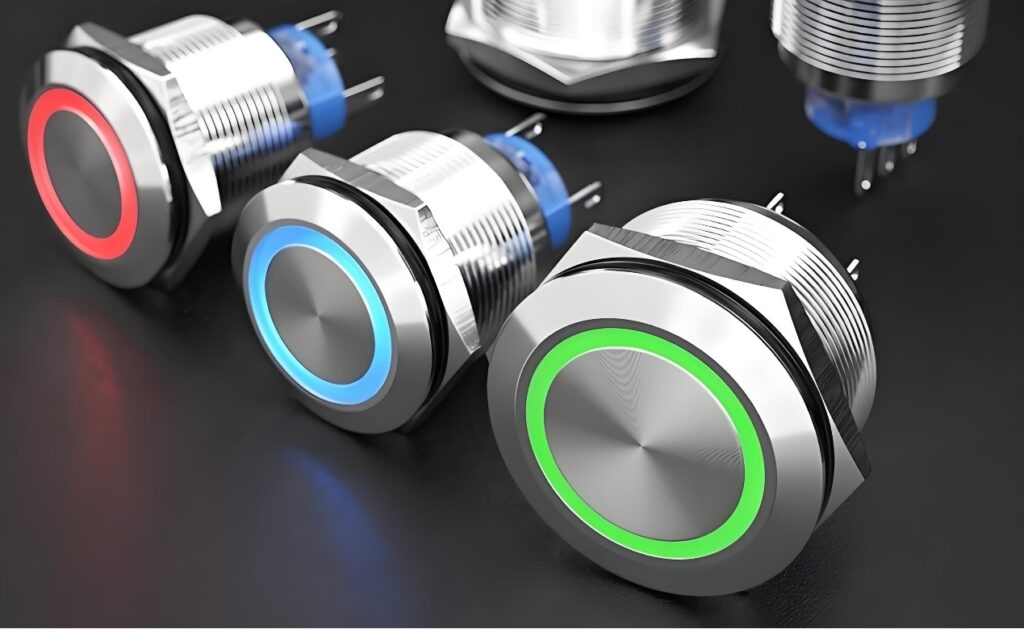
In industrial and commercial environments, equipment is often subjected to a variety of harsh environments—vandalism, shock, moisture, dust, and repeated use. Therefore, anti-vandal switches are more than just a premium feature; they are critical components for long-term performance, reliability, and user safety.
While these switches have long been used in public infrastructure and transportation, they are now finding their way into a wide range of industrial and commercial applications: kiosks and vending machines, access control panels, building automation, machine interfaces, outdoor control stations, and more.
In this article, we’ll explore the components of an anti-vandal switch, how to select one for harsh environments, and the design and application considerations critical to success.
What Makes a Switch “Anti-Vandal”?

An anti-vandal switch is a ruggedized version of a pushbutton or panel switch, designed to resist physical abuse, tampering, and environmental exposure.
Key attributes typically include:
High mechanical impact resistance: Many anti-vandal switches carry an IK10 rating, the highest level in the IK (impact protection) standard, meaning they can withstand impact energy up to 20 Joules.
Sealing against ingress: Most anti-vandal switches offer IP65, IP67 or higher protection, shielding internal contacts from dust, water spray, or splash.
Robust materials: Stainless steel, nickel-plated brass, or durable anodized metals are common, often with scratch-resistant surfaces.
Long electrical life: These switches are designed to perform reliably over many cycles (tens- to hundreds-of-thousands or more), even in challenging environments.
Optional illumination and legends: Many anti-vandal switches include LED illumination (ring, power, or ring/power) or laser-etched legends to communicate function in low-light conditions.
Compact and configurable form factors: Despite their ruggedness, many newer anti-vandal designs offer compact housings, shorter bodies, or multiple mounting styles.
Because of these features, anti-vandal switches are uniquely suited for environments where regular switches would degrade too quickly or fail under misuse.
Why Industrial & Commercial Applications Need Anti-Vandal Switches?

In many settings, switches are exposed to more than just the usual wear and tear. They may be outdoors, accessible to the public, or located in demanding industrial zones. Standard switches may lack durability, ability to maintain tight seals, or resilience to tampering.
In contrast, anti-vandal switches offer:
Extended service life: With robust materials, impact resistance, and reliable seals, they outlast standard switches even in tough conditions.
Maintained IP protection: Keeping out dust and moisture is vital in applications such as outdoor control panels, HVAC enclosures, or machine guards.
User feedback and safety: LED indicators or tactile feedback help users confirm operations, reducing the chance of mistakes or over-pressing.
Tamper resistance: The design resists attempts to pry, manipulate, or sabotage, which is especially important in public-facing or security-sensitive installations.
Wide electrical ratings: Some anti-vandal switches can handle significant currents or voltages, making them suitable for direct control of loads or high-power circuits.
Because of these capabilities, anti-vandal switches are increasingly used not just in street furniture and kiosks, but also in industrial panels, factory automation, building management systems, and critical infrastructure.
Design & Selection Factors for Anti-Vandal Switches
Choosing the right anti-vandal switch for a given application involves multiple considerations. Below are key design and specification factors you should weigh:
Electrical Ratings & Contact Design
Switches must meet or exceed the voltage and current demands of the circuits they control. A switch rated too low can suffer contact wear, arcing, or catastrophic failure. In high-current or high-voltage applications, the separation of contacts and design of the switching mechanism becomes critical to avoid arcs or welding of contacts.
In particular, anti-vandal switches with “power-rated” capabilities are increasingly available, enabling them to directly control heavier loads without needing an intermediate relay or contactor.
Environmental Ratings & Sealing
You need to define how much protection you need from dust ingress, water spray, or full immersion. IP65, IP67, or higher (even IP69K in aggressive washdown environments) are typical benchmarks. Be sure to verify that the switch retains its IP rating even when mounted (i.e. panel-sealing, gaskets, O-rings). Also confirm that exposure to UV, chemicals, or salt spray will not degrade its materials.
Impact & Tamper Resistance
Look for IK10 rating or equivalent for impact protection. This ensures the switch can survive forceful impacts. Also examine mechanical features designed to resist prying, disassembly, or forced lever manipulation. The actuator, bezel, and mounting threads should be built to discourage tampering.
Cycle Life & Reliability
Evaluate the expected mechanical and electrical life (number of actuations). Higher cycle life ensures longevity, especially in public or industrial environments where a switch might be pressed many thousands of times. Some modern anti-vandal switches are rated for 50,000 or more cycles in high-current use.
Mounting & Panel Space
In constrained environments, you’ll appreciate low-profile or short-body variants. For instance, C&K’s ATPS19 series reduces body length by ~40% compared to ATP19 without sacrificing performance.
Consider the panel cut-out diameter (commonly 16 mm, 19 mm, 22 mm, etc.), actuator style (flat, dome, mushroom, extended), bezel options, and thread length. Make sure your panel thickness and mounting arrangement align with the switch’s mechanical parameters.
Illumination & Feedback
If your application demands status feedback (e.g. ON/OFF, power, alarm), many anti-vandal switches include integrated LED illumination—such as ring LED, power symbol, or dual-color options. These are especially useful in low-light or public-use equipment.
Temperature, Shock & Vibration Tolerance
Industrial and outdoor locations often experience wide temperature swings, vibration, or shock. Check temperature specs (both operating and storage), and any certifications or test ratings for shock, vibration, or mechanical endurance.
Certifications & Compliance
If your application is regulated (e.g. safety systems, public infrastructure, transit, medical devices), verify relevant certifications: UL, CE, ATEX/IECEx (for hazardous areas), RoHS, REACH, etc. You may also require compliance with sector-specific standards.
Application Examples
To illustrate how anti-vandal switches perform in real-world contexts, let’s look at a few example applications:
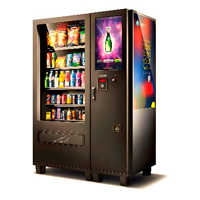
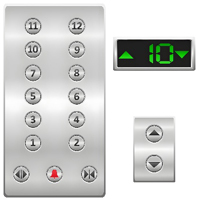
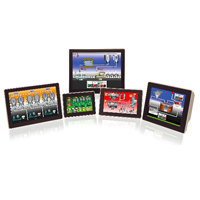
Kiosks & Vending Machines: Users repeatedly push buttons, sometimes with force or wet hands. Anti-vandal switches maintain appearance and function under abuse, thanks to stainless-actuated pushbuttons and rugged seals.
Access Control Panels & Elevators: These switches must resist tampering, forced entry, and vandalism while offering tactile feedback and status illumination.
Industrial Machinery HMI Panels: In manufacturing environments with dust, oil, vibration, and high usage, anti-vandal switches protect control interfaces.
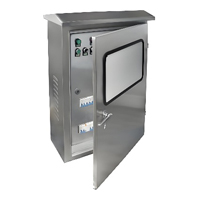
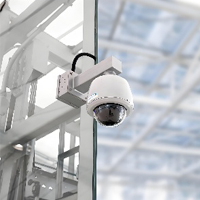

Outdoor Control Stations & Environmental Enclosures: Rain, UV, dust, and temperature extremes demand high sealing and durability.
Security & Surveillance Systems: These often require switches that blend discreet design with resistive construction, sometimes with integrated indicator lighting.
Transportation & Public Infrastructure: In transit systems, street cabinets, parking systems, or public devices, anti-vandal switches are nearly essential to prevent damage and ensure long-term reliability.
Best Practices for Deployment & Integration
While choosing a good switch is critical, success also depends on thoughtful integration and deployment. Here are some practical recommendations:
Match switch ratings to worst-case conditions: Don’t assume typical duty cycles—overspec the switch if possible to survive unexpected abuse or harsh conditions.
Panel sealing & gasketing: Even an IP67 switch can lose its seal if mounted onto a panel with gaps or poor gasketing. Ensure proper sealing around the panel cut-out.
Avoid mechanical stress: Don’t impose bending forces on the switch body due to enclosure deformation or cable pulls. Proper support and strain relief for wiring are essential.
Use appropriate torque on mounting nut: Over-tightening can squeeze or distort seals; under-tightening may permit water ingress or loosen over time.
Consider ambient temperature effects: Choose switches with temperature ratings that exceed expected extremes (hot summers, cold winters).
Account for LED power and wiring: If using illuminated models, ensure the LED drive current and voltage match system design.
Plan for maintenance or replacement: In designs where eventual replacement is likely, ensure the switch is accessible and modular.
Test in situ under environmental stresses: After installation, verify performance under vibration, temperature, humidity, and repeated actuation to validate durability.
Conclusion
In industrial and commercial systems, the external environment is often just as harsh as the interior of the switch. Anti-vandal switches play a key role in addressing this challenge—providing a rugged, reliable, tamper-resistant user interface that maintains excellent performance over the long term.
By understanding the key characteristics that define true vandal resistance—impact resistance, sealing, durable materials, and cycle life—and carefully matching these characteristics to your application needs, you can select a switch that not only lasts but also improves system safety, user satisfaction, and reduces total cost of ownership.




